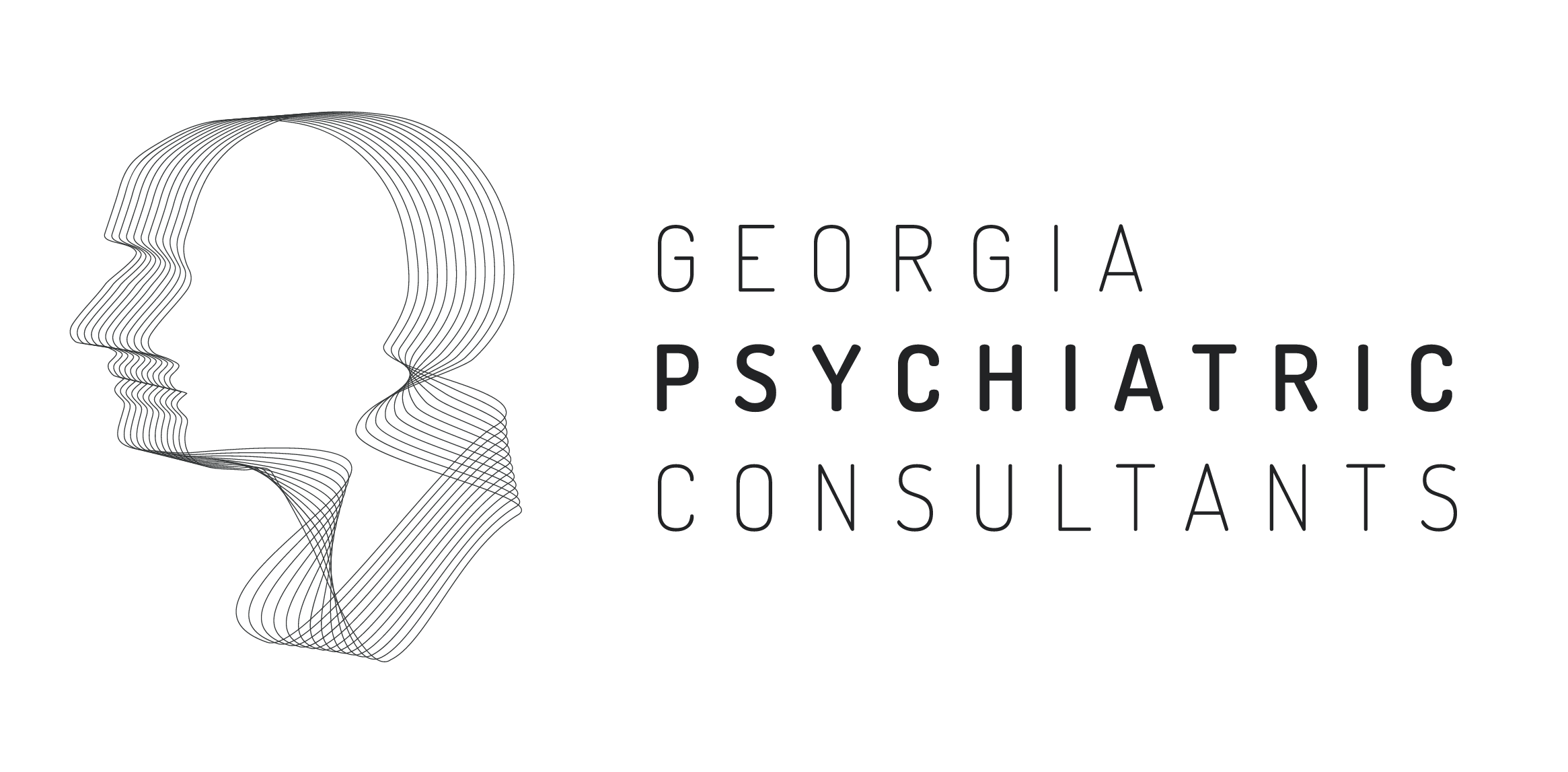Ketamine for Treatment-Resistant Depression: How It Works When Nothing Else Has
Part 2 of our series on ketamine’s role in mental health
In Part 1 of our series, we journeyed through ketamine’s history and its revolutionary mechanism of action. Now, we turn to the clinical application that truly brought ketamine into the mental health spotlight: Treatment-Resistant Depression (TRD). For individuals who have navigated the often disheartening maze of standard depression treatments with little success, ketamine represents more than just a different medication—it signifies a new dimension of hope.
This post will explore the evidence behind ketamine for TRD and explain why its unique administration protocol is key to its success. We’ll break down what TRD means, how ketamine produces rapid relief when nothing else has worked, why the intravenous (IV) infusion route is considered the gold standard, and how a structured treatment plan can turn ketamine’s quick boost into lasting change.
What is Treatment-Resistant Depression (TRD)?
First, it’s essential to define what “treatment-resistant” means in a clinical context. TRD is not a personal failure or a sign of an “untreatable” condition—it is a formal diagnosis for a challenging subtype of Major Depressive Disorder (MDD). About 30% of people with depression do not respond adequately to standard treatments. An individual is typically diagnosed with TRD after failing to respond to at least two different antidepressant medications from different classes, taken at therapeutic doses for an adequate duration (usually around 4–6 weeks each). In other words, despite trying multiple medications (such as an SSRI and a tricyclic, for example) for the proper length of time, the depression remains stubbornly severe.
For these individuals, the cycle of trying a new medication, waiting a month or more for it to take effect, and then being met with minimal or no improvement is exhausting and disheartening. TRD patients often feel hopeless as conventional treatments fail to alleviate their debilitating symptoms. It’s for this population that ketamine has proven to be a potential game-changer in the clinical setting, offering a novel approach when traditional therapies have been insufficient.
The Clinical Evidence: Rapid and Robust Effects
One of the most striking features of ketamine therapy for depression is the rapidity of its effects. Unlike traditional antidepressants that target serotonin and can take weeks to exert their full benefits, ketamine can alleviate depressive symptoms within hours. In fact, people suffering under the crushing weight of depression can often start to feel relief within about 40 minutes of a ketamine infusion. This swift onset is particularly critical for those in acute distress or experiencing suicidal thoughts, since waiting weeks for relief is not a viable option in a crisis. By providing antidepressant effects in a matter of hours, ketamine offers a lifeline of hope for patients who need immediate help.
Importantly, this isn’t just anecdotal hype—there is robust clinical evidence behind ketamine’s efficacy in TRD. Landmark studies from research institutions like the National Institute of Mental Health (NIMH), Yale University, and Mount Sinai Hospital have consistently demonstrated that a single low-dose IV infusion of ketamine can produce rapid and significant antidepressant effects in patients who had not responded to multiple prior treatments. For example, in one randomized trial at NIMH, 71% of patients with TRD showed a significant improvement (clinical response) in depression symptoms by the day after a single ketamine infusion, whereas 0% responded to placebo. Many patients began improving just 1–2 hours after the infusion, and although the effect from that one dose eventually wore off, it remained measurable for up to one week. Such findings have been replicated in multiple studies, with meta-analyses showing that roughly 60–70% of patients with TRD experience a meaningful reduction in symptoms within a day or two of ketamine treatment – a response rate far above what placebo or further conventional treatment would achieve. The key takeaway is that ketamine doesn’t just work for many treatment-resistant patients – it works on a fundamentally different timeframe, lifting severe depression rapidly when other options have failed. This rapid relief can be life-saving for those in acute suicidal despair, providing critical reduction in symptoms at a time when every hour of suffering matters.
The Gold Standard: Why Intravenous (IV) Infusion Matters
When discussing ketamine for TRD, we are typically referring to intravenous ketamine infusions administered in a controlled clinical setting. IV infusion is considered the “gold standard” delivery method for several important reasons:
- 100% Bioavailability: An IV infusion delivers ketamine directly into the bloodstream, meaning essentially 100% of the drug reaches the body and brain immediately. In contrast, other routes of administration (like nasal sprays or oral tablets) have much lower and more variable bioavailability. For example, an intranasal ketamine spray only delivers roughly 45–50% of the medication into circulation (the rest is lost in nasal passages or metabolized), and oral ketamine is even less efficient (only about 20% absorbed, due to breakdown in the liver). This matters because with non-IV routes, it’s harder to reliably achieve a therapeutic level of the drug in the brain. IV ensures the full intended dose is available to exert its effects.
- Precise Dose Control: With IV ketamine, the dose is calculated based on the patient’s weight and infused slowly over a set period of time. A common protocol for depression is 0.5 mg/kg of ketamine given over about 40 minutes. This precise control of dosing and timing allows the clinical team to titrate (adjust) the infusion for maximum benefit and minimal side effects. By delivering a consistent, sub-anesthetic dose, IV infusion engages the brain’s glutamate system and triggers the desired neurochemical cascade (promoting neuroplasticity and synaptic growth) without pushing the dose too high. In short, the IV method ensures the patient receives exactly the amount of ketamine needed to “flip the switches” in the brain that relieve depression, while avoiding excessive dosing. Research and clinical experience suggest that this controlled approach is critical for efficacy – the right dose can spark synaptic changes that alleviate depression, whereas too low might be ineffective and too high could cause unwanted anesthesia or intense side effects.
- Safety and Monitoring: Administering ketamine in a monitored medical setting is paramount for safety. Ketamine is generally safe when used at sub-anesthetic doses, but it is a powerful medication with potential side effects. During the infusion, a trained medical team monitors the patient’s vital signs (heart rate, blood pressure, oxygen levels) and overall comfort continuously. Why is this important? Ketamine can cause transient increases in blood pressure and heart rate, as well as dissociative or hallucinatory effects (a dreamlike feeling or altered sense of reality) during the infusion. In a controlled setting, these effects are managed and kept within safe limits. The staff can respond immediately to any adverse reactions or intense experiences the patient might have, ensuring that the treatment is as safe and comfortable as possible. This level of supervision and care is essential when using a drug like ketamine. In short, the IV infusion setting provides a highly controlled, medical environment: the dose is exact, the delivery is steady, and the patient is observed closely throughout. This maximizes the therapeutic impact of ketamine while minimizing risks.
Sustaining the Gains: From Stabilization to Maintenance
One IV ketamine infusion can bring rapid relief, but its antidepressant effects are profound but temporary. In most cases, the benefits of a single infusion last only a matter of days to about a week before gradually wearing off. The therapeutic goal in treating TRD is not just a brief respite, but to create lasting change in the brain and sustained improvement in mood. How can we turn ketamine’s short-lived “lift” into a longer-term recovery? This is achieved through a structured treatment protocol consisting of an initial stabilization phase followed by a maintenance phase.
- Stabilization Phase: Patients typically undergo an initial series of closely spaced ketamine infusions over a few weeks to consolidate and extend the antidepressant effects. A common approach is an “induction” series of about 6 infusions over 2–3 weeks (for example, two infusions per week for three weeks). Each infusion builds on the neurochemical and mood improvements of the previous one. Researchers believe that ketamine opens a window of heightened neuroplasticity – the brain’s ability to form new connections and reset neural pathways – for a short period after each dose. By giving a series of infusions during this window, clinicians aim to progressively rebuild neural pathways and strengthen healthier brain circuits with each treatment. Patients often report that with each successive infusion in the series, they feel a cumulative benefit, gradually lifting them out of the depressive episode rather than just a one-day blip of relief. The stabilization phase leverages ketamine’s unique mechanism to effectively “reset” certain patterns in the brain and jump-start recovery from a deep depression.
- Maintenance Phase: Once the initial series has pulled someone out of the depths of TRD, the next challenge is to sustain the improvement and prevent relapse. After stabilization, the patient transitions to a maintenance schedule of booster infusions. These booster treatments are typically given less frequently and are tailored to the individual’s needs. For example, a patient might start with one infusion weekly, then gradually spread them out to one every two weeks, then perhaps once a month or even every 6–8 weeks, depending on how long the benefits last for them. The idea is to re-infuse at the point when symptoms begin to creep back, thereby keeping the depression at bay. Some patients may require maintenance infusions indefinitely at spaced-out intervals, while others might be able to taper off over time. Clinical reports suggest that an infusion roughly every 2–4 weeks can often sustain the antidepressant gains in responders. Throughout maintenance, the patient is also typically continuing with other treatments (like standard antidepressants, psychotherapy, lifestyle changes) to support their mental health. The maintenance phase is crucial for consolidating the progress made and extending ketamine’s benefits long-term – rather than letting the depression return once the initial ketamine effects fade.
It’s worth noting that combining ketamine treatment with psychotherapy or other behavioral interventions may enhance and prolong the positive effects. Emerging evidence indicates that ketamine’s biochemical “reset” can create an optimal window for therapy. One recent clinical review found that patients who received ketamine infusions alongside weekly psychotherapy had more pronounced and enduring improvement than those who received ketamine without therapy. The theory is that ketamine-induced neuroplasticity makes the brain more receptive to forming new thought patterns and coping skills. Psychotherapy during this period can help patients translate the rapid relief into lasting psychological change, by reinforcing healthy cognitive pathways and building resilience. In practice, many ketamine clinics encourage integrating talk therapy, mindfulness practices, or other supports during the course of ketamine treatment to maximize its impact. While research is ongoing, this holistic approach – using ketamine as a catalyst for change and therapy as a means to solidify that change – holds promise for achieving durable recovery in TRD.
Ketamine’s role in treating depression is a revolutionary development in psychiatry. For those who have suffered for years with depression that defies standard treatments, ketamine offers a new pathway to relief, working on a timescale and via mechanisms unlike any previous antidepressant. Its rapid and robust effects in treatment-resistant cases have altered our understanding of what’s possible in depression treatment. However, as we’ve discussed, ketamine is not a simple take-home pill or a permanent cure; it requires a carefully managed protocol to ensure safety and to turn short-term effects into long-term wellness.
In our next post, we will take a deep dive into Spravato® (esketamine) – the FDA-approved intranasal form of ketamine. We’ll explain what it is, how it differs from IV ketamine, and who the ideal candidate is for this specific therapy. Spravato represents the first on-label ketamine-based treatment for depression, and understanding its usage and benefits will round out our in-depth discussion of ketamine’s potential in mental health.
References
- Sakopoulos, S.; Todman, M. The Effects of Psychotherapy on Single and Repeated Ketamine Infusion(s) Therapy for Treatment-Resistant Depression: The Convergence of Molecular and Psychological Treatment. Int. J. Mol. Sci. 2025, 26, 6673. https://doi.org/10.3390/ijms26146673
- Zarate CA Jr, Singh JB, Carlson PJ, Brutsche NE, Ameli R, Luckenbaugh DA, Charney DS, Manji HK. A randomized trial of an N-methyl-D-aspartate antagonist in treatment-resistant major depression. Arch Gen Psychiatry. 2006 Aug;63(8):856-64. doi: 10.1001/archpsyc.63.8.856. PMID: 16894061.
- Kang MJY, Hawken E and Vazquez GH (2022) The Mechanisms Behind Rapid Antidepressant Effects of Ketamine: A Systematic Review With a Focus on Molecular Neuroplasticity. Front. Psychiatry 13:860882. doi: 10.3389/fpsyt.2022.860882
- Miller, B. (2022, December 5). Meta-Analysis of Intravenous vs Intranasal Ketamine. Psychiatric Times.
- Sakurai H, Jain F, Foster S, Pedrelli P, Mischoulon D, Fava M, Cusin C. Long-term outcome in outpatients with depression treated with acute and maintenance intravenous ketamine: A retrospective chart review. J Affect Disord. 2020 Nov 1;276:660-666. doi: 10.1016/j.jad.2020.07.089. Epub 2020 Jul 20. PMID: 32871698.
- Grinspoon, R. (Feb 15, 2024). Ketamine for treatment-resistant depression: When and where is it safe?




